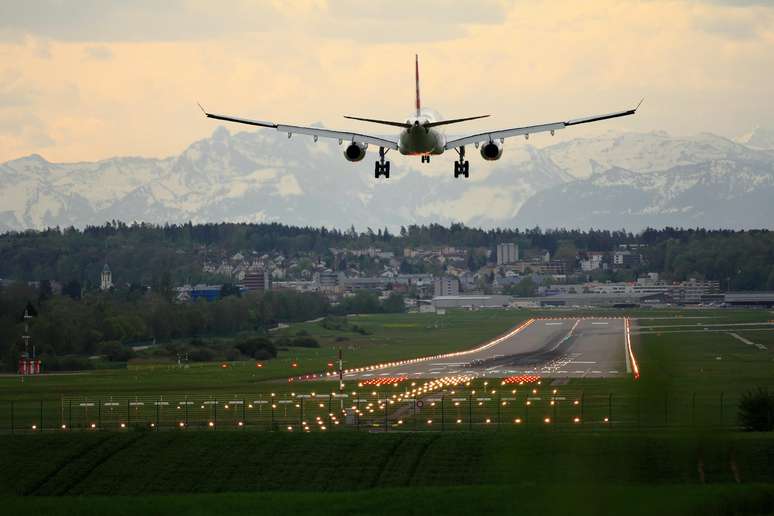The message is part of an essential rule for communication between stewards and pilots
The “crew, prepare for landing” warning on an airplane’s speakers is pretty self-explanatory. But there is also another warning issued from the pilot’s cabin, “crew, 10 thousand feet”, which you may have wondered what it means.
In short, this is the moment that requires the utmost attention from the entire on-board team. The message changes from company to company – sometimes it can just be an audible signal – and serves, in the event of take-off, to warn the flight attendant team that the plane has just exited the critical phase, also known as the “sterile cockpit”. .
But this does not signal any danger, it only indicates that the pilots’ attention must be completely focused on the operation of the aircraft. In the event of takeoff, flight attendants should only contact the cockpit after hearing the message or in the event of an emergency. After the critical phase, commanders can be activated again. The logic is the same in the case of landing: once “crew, 10 thousand feet” is announced, no flight attendant will have to activate the control cabin.
Distraction
This is a rule implemented in 1981 by the United States Federal Aviation Administration (FAA). This was done after a study that directly associated the occurrence of plane crashes and pilot distraction during takeoff and landing phases.
Therefore, no crew member should call the pilots during this time, which includes taxi operations, takeoff, landing and any time the plane flies at an altitude below 10,000 feet, the equivalent of about 3,000 meters.
Flight attendants, therefore, will not have to carry out any activity that is not linked to the correct functioning of the aircraft during these routes, i.e. not answering passengers’ calls or organizing anything else, especially since flight attendants must wear their seat belts fastened in those moments.
Therefore, it is only after this warning that the flight attendants begin the on-board service, which begins once the cruising altitude is reached, around 35 thousand feet. Even the warning to keep your seat belt fastened should only be deactivated after the message, obviously if no turbulence occurs. But the ideal is to always keep your seat belt fastened throughout the flight.
Read all about the Traveler’s Handbook
Source: Terra
Ben Stock is a lifestyle journalist and author at Gossipify. He writes about topics such as health, wellness, travel, food and home decor. He provides practical advice and inspiration to improve well-being, keeps readers up to date with latest lifestyle news and trends, known for his engaging writing style, in-depth analysis and unique perspectives.









